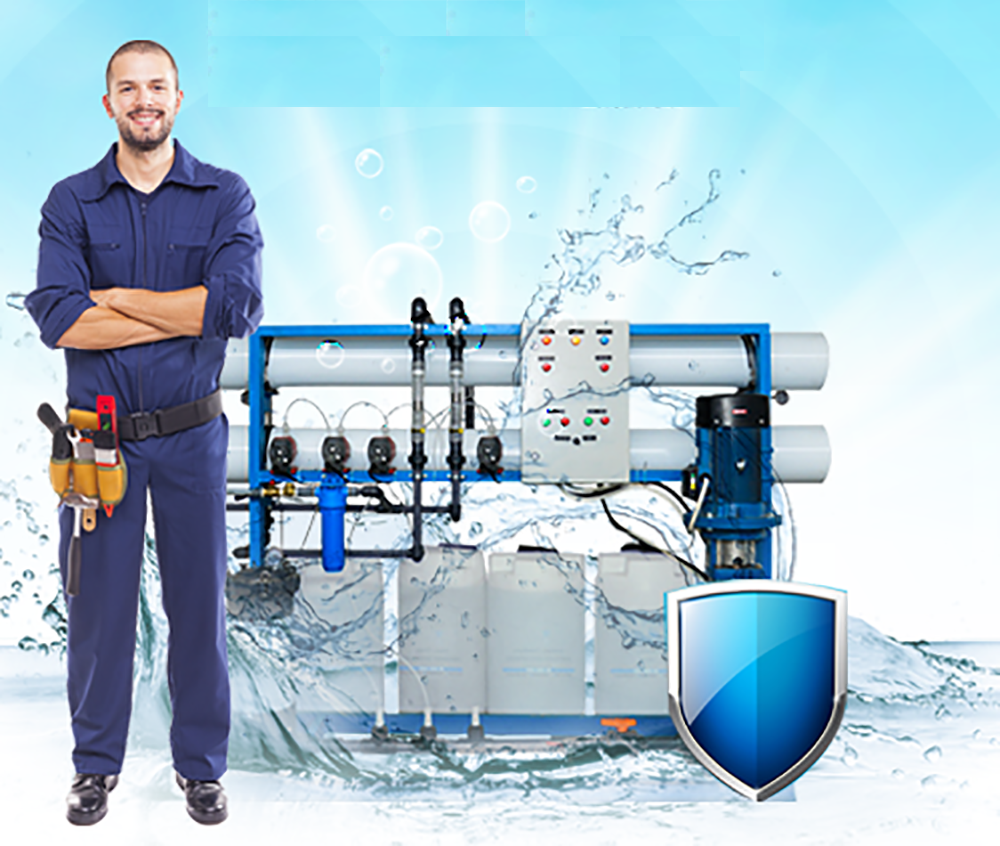
Pharmaceutical factories wastewater treatment
Pharmaceutical factories are spread in the Kingdom of Saudi Arabia. One of the most important requirements is the availability of an industrial wastewater treatment plant in the factory. Our team is keen to carry out many tasks and works in the field of industrial and sanitary sewage treatment. In line with the standards set for such projects. Where we choose the best ways and modern technologies to implement treatment plants according to the type and quantities of sewage, which makes our results distinctive and economical.
Carewater in this area does the following:
- Design and implementation of sewage treatment plants.
- Maintaining and providing spare parts for sewage treatment plants.
An overview of the work stages in pharmaceutical factories
Pharmaceutical manufacturing processes include manufacturing, extraction, purification, preparation of chemicals, and their packaging and packaging as medicine. Pharmaceutical factory wastewater mainly originates from the manufacture and formulation of drugs. As most of the active ingredients are marketed and sold as drugs and manufactured by chemical combinations. Chemical structures are the manufacturing processes of pharmaceutical substances through organic or inorganic chemical reactions.
Chemical manufacturing techniques used in the manufacturing processes of pharmaceutical materials
Fermentation
They are biochemical reactions that occur within the reactor, in the presence of special active microorganisms or in the presence of enzymes. Reactions are carried out under chemical and physical conditions. Various drugs are produced by fermentation, such as antibiotics, enzymes, hormones, vitamins, and vaccines. Wastewater for this stage is high in dissolved biological and chemical oxygen.
Organic synthesis
Large numbers of pharmaceutical products are produced by organic synthesis. The synthesis includes several steps or stages such as oxidation, reduction, nitration, sulfurization, esterification, hydrogenation, and precipitation. And the products produced by the organic synthesis are many, such as medicines for diabetics and malaria. It produces heavily polluted wastewater with high dissolved bio-oxygen and foams and a smaller COD/BOD5 than the fermentation stage.
Chemical synthesis
This stage is considered the most dangerous and most polluting of the environment. Many pollutants result from this stage, such as chloroform, chloromethane, chlorobenzene, benzene, phenols, toluene, and cyanide.
Toluene is widely used as an organic solvent because it is a stable compound and does not break down easily in chemical reactions. As solvents are used in chemical synthesis processes. In order to dissolve or dissolve solid, gaseous, and colloidal substances. Solvents are also useful for transferring heat to or from the reacting molecules.
Some solvents are used to adjust the reaction temperature, and many wastewater treatment plants in pharmaceutical factories work to recover solvents as they purify solvents from contaminants for reuse.
Solvent recovery includes these units, which usually contain distillation columns and may also include extraction (solvent) operations. In these processes, liquid waste is produced with a character that is partially or completely saturated with residual solvents.
Polluted water from pharmaceutical factories
They generally result from chemical modification units that require filling and emptying of the reactant quantity. This polluted water can contain unreacted raw materials. In addition to some long-chain compounds that are attached to other compounds. As a result of the different chemical nature as a result of the resulting chemical reactions (nitration – amines – halogens ….)
The pollutants present in the polluted water effluent from chemical synthesis processes differ in toxicity and biodegradability, as well as production processes can produce acids, metals and other pollutants while washing water can contain residual organic solvents.
Preferred treatment methods for some types of pollutants
- Phased aerobic treatment or anaerobic treatment or both. It is preferable to use this method with the organic synthesis, as the water contains pollutants such as: BOD5, TKN, S.S.
- Anaerobic or physiochemical treatment. It is preferable to use this method with fermentation, as the water contains pollutants such as: COD, BOD5, S.S, and many complex organic compounds.
- Treatment by solvent extraction – physicochemical treatment – anaerobic treatment, preferably with chemical synthesis, as water contains pollutants such as: phenols, benzene, toluene, cyanide, chloroform.
Contaminated water sources in pharmaceutical factories
Reaction water
It is the water produced by chemical reactions.
Solvent process water
Water is used to transport the chemicals involved during reactions. This water is usually removed from the process by centrifugation, dehydration, or sludge separation.
Operations on feed water
The water of an acidic or alkaline character is usually added to the stream sparingly. Which may cause pollution to the stream, this water is the result of the separation of the mixture.
Water from washing
It is the water added to the reaction to purify intermediate products or end products. This is to wash out the impurities or to wash the final products after they have been removed from the intermediate reactor.
Acidic and alkaline water
Which can be produced from manufacturing processes where sometimes acidic or alkaline catalysts are added to the reactions. Which results in polluted water with an acidic or alkaline character.
Condensation water
Sometimes the water is used to create a mild medium, or water is used to recover solvents or to treat wastewater.
Water from washing equipment and supplies
It is the water resulting from washing the equipment when the work stops during the holidays or the spills resulting from the normal cleaning.
Water from the feed pump
It is the water resulting from the cooling of the pumps, where the pumps are sometimes cleaned, and sometimes the pump rooms whose soil is contaminated are washed.
In addition to the previous polluted water, there are other polluted waters that can be found, such as domestic wastewater (for bathrooms) – barrel washing water – hot boiler water.
You can now build and design your station on the latest models with Carewater here.

























